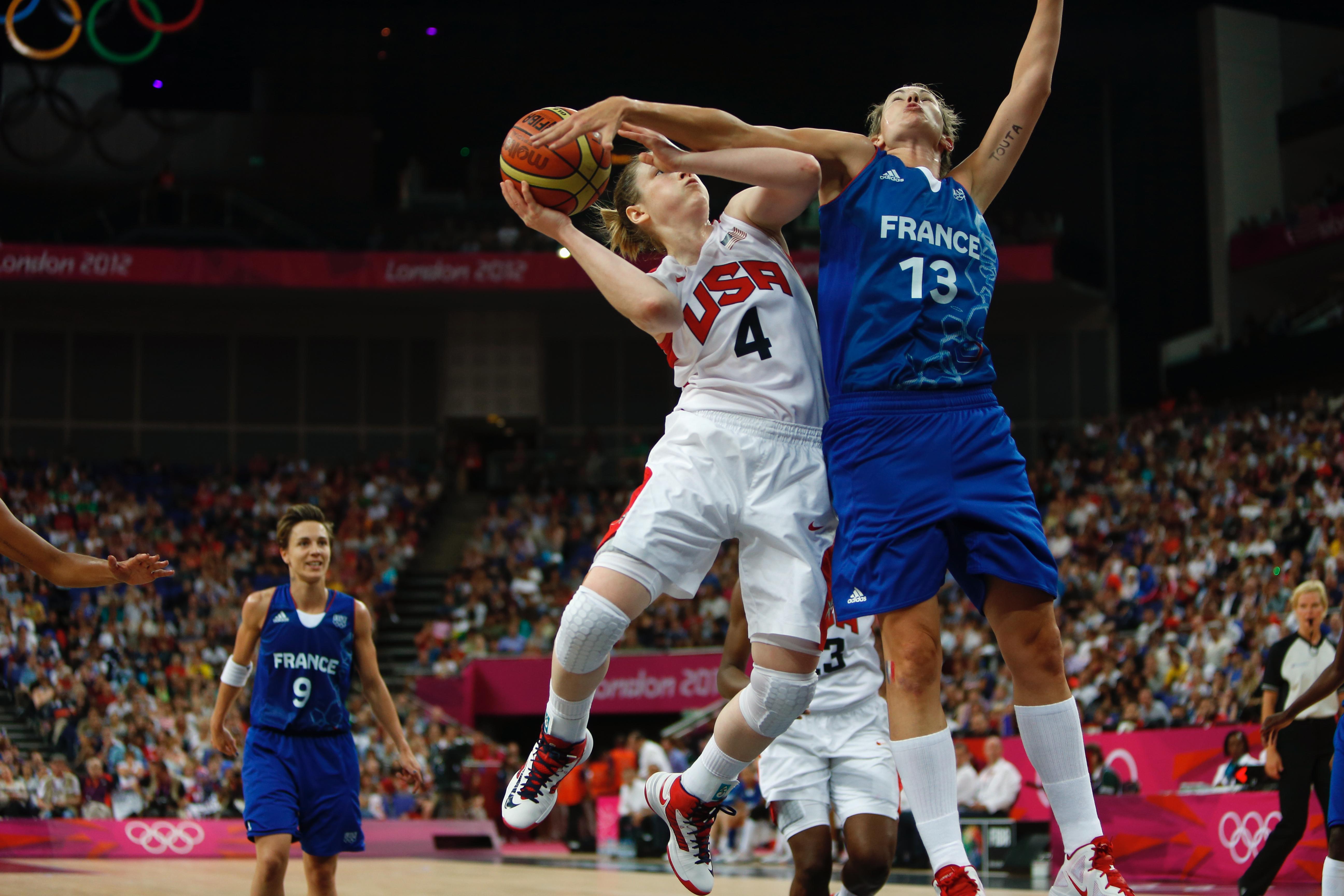Osgood-Schlatter and Sinding-Larsen-Johansson syndrome
Both occur exclusively in children and adolescents.

Osgood-Schlatter and Sinding-Larsen-Johansson syndrome are common conditions in growing adolescents.
Both conditions are treated the same, but can be differentiated by the location of the pain:
- with Osgood-Schlatter the pain is located at the top of the shinbone
- with Sinding-Larsen-Johansson disease (sometimes abbreviated to SLJ) the pain is located just under the kneecap
Growth plates
Up until we are fully grown, we have so-called growth plates located at the ends of long bones such as the shinbone (tibia) and thighbone (femur). These growth plates consist of cartilage to which tendons of muscles are attached. When the body grows, the tendons can pull on and irritate the cartilage. If it is also subjected to overload the area can become painful.
Overloading the growth plate may cause additional bone formation in the form of a small lump. This is usually quite unproblematic and it is common to find in those who have Osgood-Schlatter disease.
Better with time
Osgood-Schlatter and Sinding-Larsen-Johansson syndromes are self-limiting conditions that improve with time, but it can take up to 1 year to be symptom-free.
Causes
Osgood-Schlatter and Sinding-Larsen-Johansson syndromes are common in athletes who participate in sports with lots of sprinting and jumping, for example, athletics, football, volleyball, and basketball. They may be a result of repeated jumping and landing with volleyball and basketball players, or repeated long kicks with football players. Lots of sudden changes in direction and abrupt stops afters sprints are also considered as contributing factors. The main function of the anterior thigh muscles (quadriceps) is to straighten the knee and symptoms are often felt when these muscles are engaged. Boys aged between 12 and 15 years who are in the middle of a growth spurt are most often affected, but the conditions can also affect girls.
Diagnosis
The diagnosis is made on the basis of symptoms. An experienced doctor or physiotherapist will make an accurate diagnosis. These conditions can often be confused with patellofemoral pain syndrome (PFPS), which has some similarities but is more common in girls than boys. Jumper's knee is uncommon in adolescents and therefore something we don't expect to see in this age group. X-rays should be taken to rule out other more serious conditions.
Treatment
Both are treated the same. When symptoms flare up, ice can be an effective way to reduce pain, but the most important measure is to adjust the level of activity. This might involve refraining from certain activities which cause a lot of pain for a while so that the symptoms can subside. This often includes running downhill, sudden changes in direction, jumping and landing. Stretching the anterior thigh muscle is not recommended as this may put extra strain on the painful area.
It is important to emphasise that you can still be active when you have either of these conditions, but it may be wise to evaluate the total amount of exercise. This will make it possible to determine which activities should be continued and which should not. Guidance from a physiotherapist with expertise in the area is recommended so that they can assist the athlete and allow some continued participation in the sport in which they are active. This should also be done in collaboration with the trainer(s).
These conditions resolve with time, and surgery is seldom necessary. It is important that the athlete has realistic expectations of the rehabilitation process. Good routines for managing the symptoms and training load will be required throughout the rehabilitation process.
Be honest!
Ignoring your symptoms is not recommended. Pushing through the pain or masking symptoms by taking painkillers like NSAIDs will in most cases prolong the rehabilitation period.


